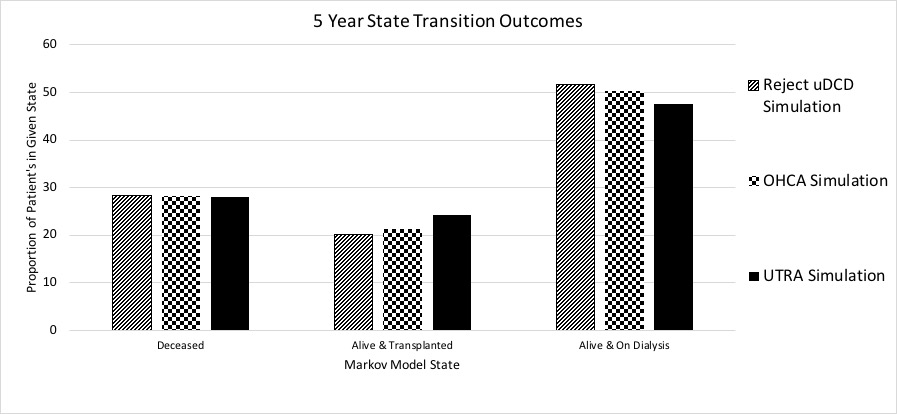L. Keeney1, S. Armen1, S. Allen1 1Penn State University College Of Medicine,Trauma Acute Care And Critical Care Surgery,Hershey, PA, USA
Introduction:
Hunting is a popular sport in the United States, and a fall from a tree stand is the most common mechanism of injury among hunters. In the past 19 years the rate of tree stand falls among hunters in Pennsylvania has increased. This study aimed to describe typical demographics, injuries sustained and hospital course among hunters in Pennsylvania who suffered a fall from a tree stand.
Methods:
A retrospective descriptive analysis of patients who fell from a tree stand over a 10 year period was conducted using the institutional database at a rural Level 1 trauma center. Data collected included patient demographics, injury severity score (ISS), vital signs on arrival, injuries sustained, hospital length of stay (LOS), and percent requiring admission to the ICU.
Results:
Of the 57 patients 100% were male with a mean age of 48.7+15.7. Mean ISS was 16.2+8.1 with 95% of patients requiring admission and 25% requiring admission to the ICU. Vital signs on arrival were relatively normal with a mean systolic blood pressure of 137.1+27.2 mm Hg, pulse of 86.7+13.8, respiration rate of 20.1+4.6, and a median Glasgow Coma Score of 15. The most frequent injuries include spinal fractures (23%), closed head injury (23%) and extremity fractures (12.3%). 95% of patients required hospital admission and mean LOS was 6.6+5.7 (range: 1-25 days) with nearly 25% requiring admission to the intensive care unit.
Conclusion:
Falls from a tree stand while hunting lead to severe injury that result in prolonged hospitalization and frequently require admission to the ICU. It is vital to understand common injury patterns and trends in hospital course to raise awareness about tree stand safety. Hunters and producers of tree stands should understand the magnitude of injury suffered from these falls and aim to improve tree stand safety procedures in order to mitigate hunting related injuries due to falls from tree stands.










